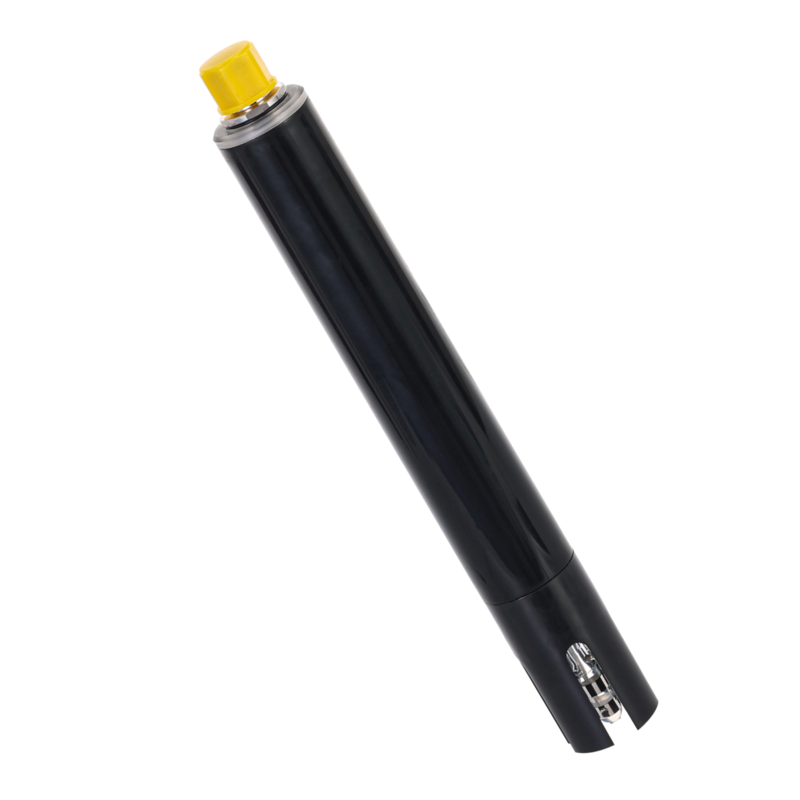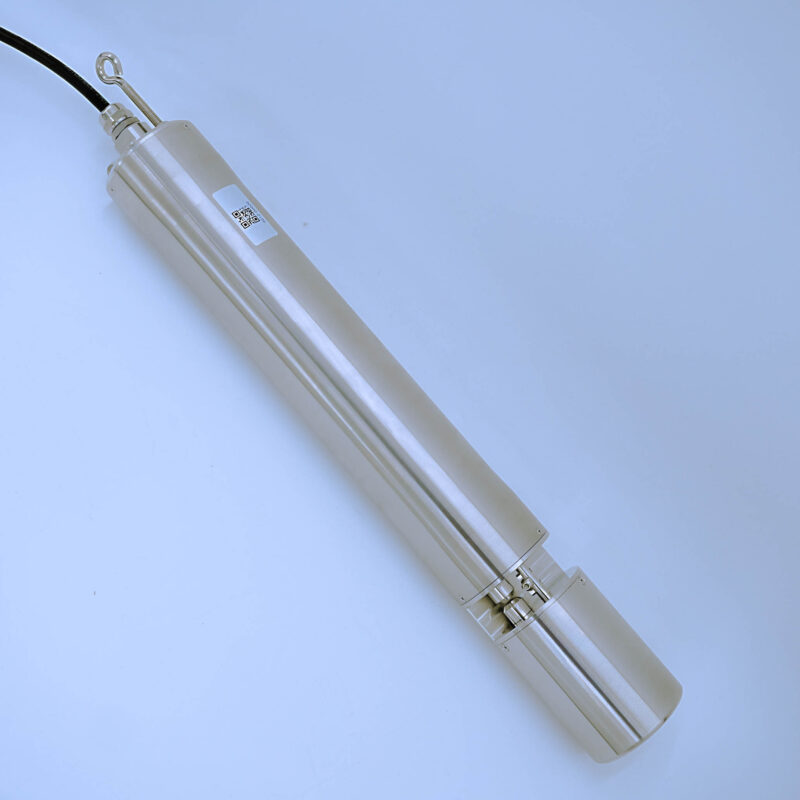Overview
Total Chlorine Sensor adopts membrane-covered constant potential three-electrode technology, which enables residual chlorine/total chlorine to enter into the sensor through the selectively permeable membrane, and then directly outputs the measured value proportional to the concentration after signal processing to ensure the data stability and accuracy. Compared with the constant pressure method residual chlorine sensor, the membrane sensor measurement is more stable and accurate, and regular replacement of the membrane cap and electrolyte can ensure the stable operation of the sensor. Applicable to tap water, pipe network water, medical sewage and other fields, to provide customers with real-time, efficient residual chlorine / total chlorine concentration monitoring solutions.
| Specification | Detail |
| Measurement method | Membrane covered, amperometric potentiostatic 3-electrode |
| Dimensions | φ25×205 mm |
| Weight | 0.11 kg |
| Power requirements | DC +12~+24 V |
| Mounting | Flow-through installation |
| Operating temperature | 2~45 ℃ (35.6~113 ℉) |
| Storage temperature | 2~45 ℃ (35.6~113 ℉) |
| Sensor cable length | 2 m (6.56 ft), Please contact us for other sizes |
| Protocol | Modbus RTU RS485 |
| Sample requirements | Temperature: 2~45 ℃ (35.6~122℉) Flow rate: 250-500 mL/min; Pressure: 0.5 bar (7.25 psi) maximum compared to air, 2 to 50 ℃ (35.6 to 122℉) sample |
| Certifications | CE compliant |
| Warranty | One year |
| Parameter | Range | Resolution | Accuracy |
| Total chlorine | 0-2 mg/L, 0-5 mg/L, 0-20 mg/L | 0.001 mg/L | ±3% F.S. |
| Temperature | 2-50 °C | 0.1 °C | ±1 °C |





